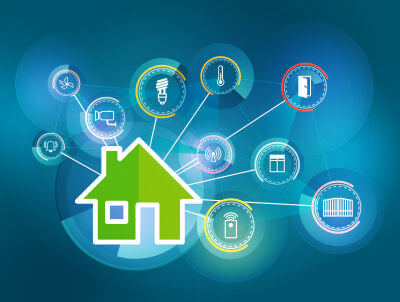Nuance Audio is a new option for people who resist traditional aids, from the company that makes Ray-Bans and operates LensCrafters.
Seekers of Meaning Podcast Posted Online March 7, 2025
What's Next Longevity Deal Talk Episode 32, January, 2025
Presentation: What's Next Longevity Venture Summit, June, 2025

 Today or soon you will launch a boomer/senior, home health tech product or service, or maybe a caregiver advisory service. As your company gets ready to travel into battle or a booth with the sound of
Today or soon you will launch a boomer/senior, home health tech product or service, or maybe a caregiver advisory service. As your company gets ready to travel into battle or a booth with the sound of Elder Home Monitoring 2.0 – it may fill a growing need. Several companies noted were at CES or with announcements at or around that time offered up the possibility of a dashboard or collected insights about the wellbeing of an older adult at home. These may signal not only the next generation of in-home monitoring, but also the next generation of predictive analytics used to help older adults stay longer at home and/or out of the hospital. The timing is good as the oldest Baby Boomer turns 74 this month – and more
Elder Home Monitoring 2.0 – it may fill a growing need. Several companies noted were at CES or with announcements at or around that time offered up the possibility of a dashboard or collected insights about the wellbeing of an older adult at home. These may signal not only the next generation of in-home monitoring, but also the next generation of predictive analytics used to help older adults stay longer at home and/or out of the hospital. The timing is good as the oldest Baby Boomer turns 74 this month – and more